Characterisation of the LUVMI Lunar Volatiles Scout Instrument
- 1United Kingdom of Great Britain and Northern Ireland (simon.sheridan@open.ac.uk)
- 2Technical University of Munich, Boltzmannstr. 15, 85748 Garching, Germany
- 3OHB System AG, Manfred-Fuchs-Str. 1, 82234 Weßling, Germany
Recent remote sensing missions have established the presence of water-ice in permanently shadowed regions (PSRs) located at the lunar poles, offering the possibility of a source of material for future In Situ Resource Utilisation (ISRU). ISRU offers the opportunity to make use of locally available resources and to potentially reduce the costs associated with transporting materials such as water, hydrogen and oxygen to the lunar surface. The LUVMI-X rover, is an innovative, low mass, mobile robotic payload designed specifically for operations at Polar regions of the Moon with a range of 5 km from its lander and will offer the opportunity to perform volatile prospecting for potential lunar resources. We discuss the LUVMI Volatiles Sampler (VS) and Volatiles Analyser (VA), known collectively as the Lunar Volatiles Scout (LVS) instrument, that has been developed and validated up to technology readiness level (TRL) 5-6.
The aim of the LUVMI mobile platform [1] is a traverse of up to a distance of 5 km from the landing site, and to perform prospecting for volatiles in the top 10 to 20 cm of the lunar regolith. The rover is designed around an aluminum structural frame with a four wheel drive train in a rocker-bogie configuration and is capable of driving on slopes of up to 20 degrees. Figure 1 shows the LUVMI prototype during mobility testing in 2018).
Figure 1 The LUVMI prototype rover during mobility and nighttime operational testing in December 2018
The Lunar Volatiles Scout (LVS) is is a small, low mass instrumented drill designed for the detection and analysis of volatiles in lunar regolith. It consists of the Volatiles Sampler (VS) and the Volatiles Analyser (VA). The VS is a 15 cm core drill that can heat samples in-situ in the ground. The (VA) is a miniature ion trap mass spectrometer (ITMS) with a mass range (m/z) between 10 and 150 for gas analysis (Figure 2). The LVS assembly has a combined mass of less than 2 kg [2].
Figure 2 An image of the prototype LUVMI VA ion trap instrument
To enable evaluation and characterization in the laboratory a facility was developed that would provide the following:
- Environmental (vacuum and thermal) conditions similar to the lunar environment
- Provision to provide reference gases to allow calibration of the instrument.
- Thermal control of regolith simulant material during volatile extraction experiments
A sample container (Figure 3) was manufacuted with four fins protruding into the interior to facilitate uniform sample cooling of NU-LHT-2M simulant materials. Cooling was achieved via a copper coil that was silver soldered to the sample container and passed through the walls of the vacuum chamber via a gas feed-through. A computer controlled liquid nitrogen (LN) valve was used to automatically control the flow of LN into the sample cooling coil. To reduce radiative losses from the sample container and the cooling coils all surfaces are wrapped with multi-layer insulating material. Temperature control of the sample from room temperature to -140˚C, down to a pressure of 2×10-5 mbar was achieved.
Figure 3 Showing the NU-LHT-2M sample loaded into the sample container prior to a volatiles extraction experiment
Regolith simulant samples were prepared and impregnated with 0.5, 1, 2% and 5% water content (by mass) to mimic volatile content that is consistent with the L-CROSS observations, where concentrations in the region of 5.6 ± 2.9% by mass were reported. The water impregnated samples were transferred to the sample container in the vacuum system, which was then evacuated before volatile extraction by insertion of the heated probe and measurements of the volatiles by ITMS.
The ion signal at m/z 18 was used as an indicator for the presence of water. The extraction experiments were operated for 1500 s for each of the four regolith samples. Following insertion of the heated probe into the sample, the intensity of signal measured by the ITMS was observed to slowly increase as water is liberated from the sample (corresponding to a pressure rise of 2×10-5 to 9×10-5 mbar before falling back to the 1×10-5 mbar ). As would be expected, with increasing water content the peak intensity of the ion signal at m/z 18 increases. A summary of the results from volatile extractions from samples containing 0.5,1,2 and 5% is shown in Figure 4.
Figure 4 Summary of the water extraction experiments from samples containing 0.5, 1 2 and 5% water by mass
The main objective of the VS and VA development was to provide a tool to address the LEAG VSAT priority measurement to determine the variability of volatiles distribution. The presented instrument is able to sample lunar regolith up to a depth of 20 cm, i.e. a depth at which water should be stable over wide areas of the polar regions (even in non PSRs). The ability of VS to extract volatiles and VA to identify the species present was demonstrated in a representative environment during the characterization campaign, which characterizes it with a TRL of 5-6, making it valid for near term scientific and ISRU volatile characterization missions.
This project is co-funded by the Horizon 2020 Framework Programme of the European Union, grant agreement 727220 and 822018
[1] J. Gancet et al (2019) IAC-19-A3.2C.6.
[2] J. Biswas et al. (2020) Planetary and Space Science., 182.
How to cite: Sheridan, S., Barber, S., Biswas, J., Regaanaz, M., and Richter, L.: Characterisation of the LUVMI Lunar Volatiles Scout Instrument, Europlanet Science Congress 2020, online, 21 September–9 Oct 2020, EPSC2020-900, https://doi.org/10.5194/epsc2020-900, 2020

